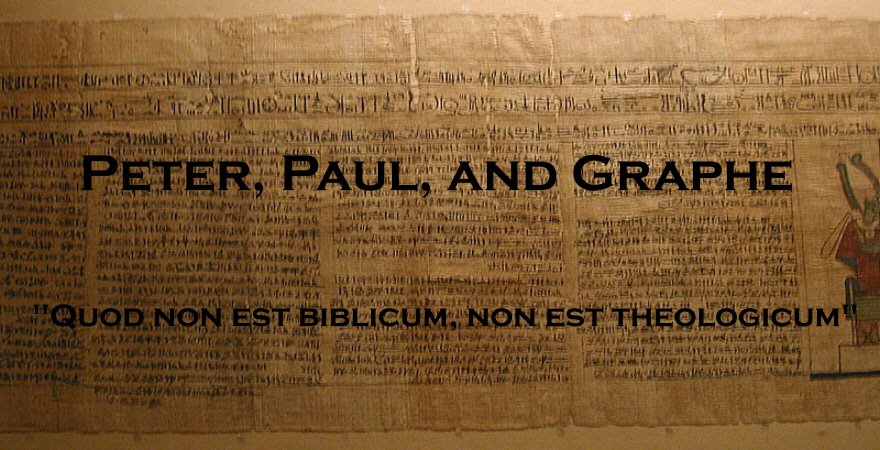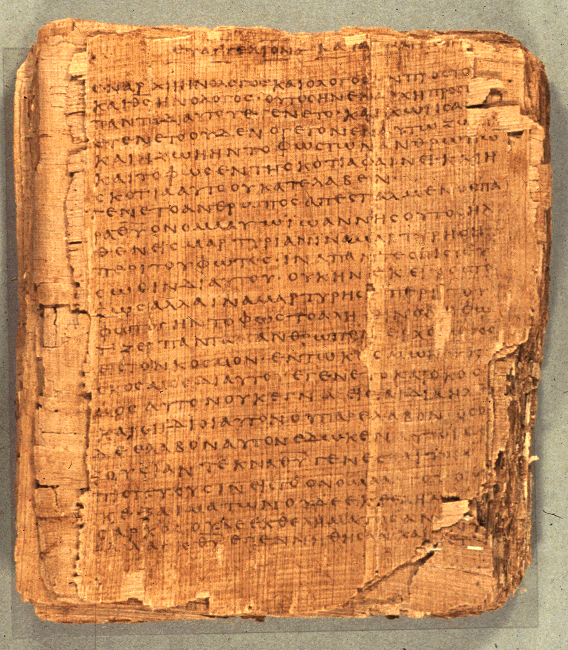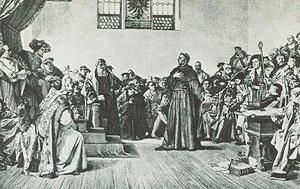Edwardsean Theology, Part 1: The Inclinations of Man
 I must admit that Puritan Theology has never been one of my particularly strong subjects, much less examinations of Edwardsean Theology. In this post, I do not intend to discuss the entirety of Edward’s ministry and theology, but rather begin a discussion on his particular views in Theology. Edward’s has been accused of being an Enlightenment Lockean rationalist, a Newtonian scientific philosopher, a Neoplatonic pantheist, or even a Medieval mystic. Many concede that Edward’s probably relied on philosophical processes a bit to heavily, but I would argue that this did not earn him the label of “an Enlightenment Lockean rationalist” or any other. He was indeed orthodox, and strongly Calvinistic. I must admit that Puritan Theology has never been one of my particularly strong subjects, much less examinations of Edwardsean Theology. In this post, I do not intend to discuss the entirety of Edward’s ministry and theology, but rather begin a discussion on his particular views in Theology. Edward’s has been accused of being an Enlightenment Lockean rationalist, a Newtonian scientific philosopher, a Neoplatonic pantheist, or even a Medieval mystic. Many concede that Edward’s probably relied on philosophical processes a bit to heavily, but I would argue that this did not earn him the label of “an Enlightenment Lockean rationalist” or any other. He was indeed orthodox, and strongly Calvinistic.Edward’s followed Puritan Theologian William Ames in his understanding of the imagio dei in Man. According to Ames, Man consisted of two components; those natural abilities and those spiritual principles. In the Fall, it was only those spiritual principles of man that were destroyed. Edward’s dichotomy taught that while the spiritual principles of man were utterly lost, his natural abilities still remained intact. The question then, for Edward’s, lie in the inclinations of the two parts: which prevails? Adam’s situation then, is indeed quite the conundrum since both parts were still intact. He was created with the inclination not to sin; why was it that he sinned? Edward’s attempt to answer this question has raised flags and furrowed many brows. If Adam was indeed created in holiness (though unconfirmed) what was it that inclined him to sin? After Adam, the answer was simple; because of Adam’s sin, all after him were inclined to sin. Edward’s attempt to explain Adam’s situation is unwarranted and has produced great confusion. Edward’s explanation was that Adam failed to call upon God’s efficient grace and thus fell from his state of unconfirmed holiness. Therefore, while Adam’s inclinations were naturally toward God and good, he acted contrary to them and chose evil. What a paradox! Edward’s insistent on explaining what perhaps should have been left alone draws into question the nature of fallen man. Edward’s seems to have left the door open, ever so slightly to the idea/concept that there may be a portion of Man’s being that is not completely unable. How does Edward’s justify his said adherence to Total Depravity? Next week, we shall discuss the Edward’s view on depravity, and perhaps segway into some of his view on free will and his famous work Careful and Strict Inquiry into the Modern Prevailing Notions of that Freedom of Will which is supposed to be Essential to Moral Agency. |



















